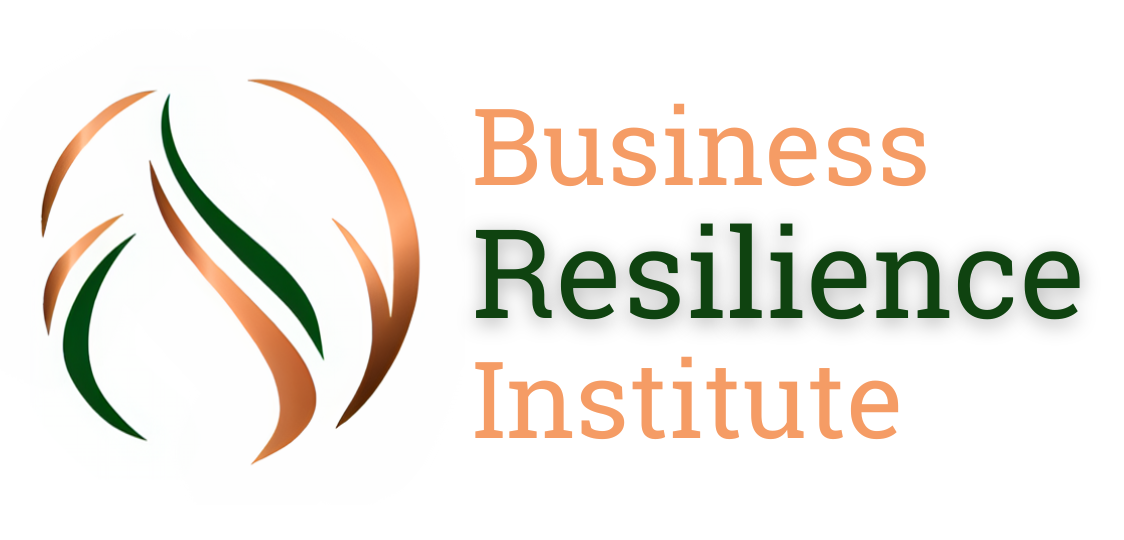Crisis Simulations
Crisis simulations are a pivotal dimension of the BRIeF Framework, designed to bolster an organization’s resilience by preparing it to face unforeseen challenges. Unlike traditional planning methods, which often seek to predict and prepare for specific events, crisis simulations within the BRIeF Framework adopt a more innovative approach. By intentionally generating paradoxes and embracing the unpredictable nature of future scenarios, these simulations stimulate creativity and foresight, enabling teams to collaboratively uncover versatile connections, instruments and strategies that are crucial in a wide array of situations. This approach not only enhances the organization’s adaptability but also sparks disruptive innovation.

The Value of Paradox in Crisis Simulations
Creating a paradox by design during simulations challenges participants to think beyond conventional solutions, thereby fostering a culture of creativity and innovation. This method acknowledges that while it’s impossible to predict every future scenario, the act of engaging with uncertainty in a cooperative way itself is invaluable. Simulations help participants develop futures thinking and a foresight mindset, a critical skill in navigating the complexities of the modern business landscape. By exploring a variety of challenging, often contradictory scenarios, teams can identify internal and external connections as well as assets, strategies and tools that are applicable across different potential futures, thereby enhancing the organization’s overall resilience and strategic innovation.
Types of Crisis Simulations
To cater to the diverse needs and context of organizations, the BRIeF Framework outlines three distinct types of crisis simulations:
Strategic Crisis Simulation (SCS)
- Designed for: Executive Level
- Purpose: Quick Crisis Simulations are streamlined to engage senior leadership in high-level strategic thinking and decision-making processes. These simulations focus on rapid response scenarios, leadership alignment, and strategic resilience, ensuring that top-level decisions can be made swiftly and effectively in the face of crisis.
Local Crisis Simulation (LCS)
- Designed for: Specific Areas, Products, Teams, Resources, Assets, or Operations
- Examples: Tailored to address challenges in areas like mergers and acquisitions, product launches, or specific operational risks.
- Purpose: Local Crisis Simulations dive deep into the nuances of particular segments of the organization. By focusing on specific areas or functions, LCS helps teams within those domains develop specialized resilience strategies and innovative solutions to potential challenges, enhancing localized adaptability and preparedness.
Full Crisis Simulation (FCS)
- Designed for: A Broad Group of Representatives from Each Dimension of the Organization
- Purpose: Full Crisis Simulations are comprehensive exercises that involve participants from across the organization. FCS aims to foster a holistic understanding of the organization’s resilience capabilities and to identify interconnected vulnerabilities and opportunities for innovation. By involving a wide range of perspectives, FCS ensures that the strategies developed are inclusive, robust, and reflective of the organization’s diverse strengths and challenges.
Implementation
Crisis simulations in the BRIeF Framework are not just about preparing for the worst; they are about leveraging uncertainty to drive innovation, creativity, and strategic foresight. Engaging in Quick Crisis Simulations (QCS), Local Crisis Simulations (LCS), and Full Crisis Simulations (FCS) enables organizations to cultivate a foresight mindset and discover adaptive, resilient strategies crucial for thriving in various scenarios. These simulations encourage a proactive approach to resilience, focused on capitalizing on new opportunities for responsiveness, growth and innovation.
Frequency of Simulations
- Strategic Crisis Simulation (SCS): To raise awareness and kick-start a BRIeF resilience transformation, it is recommended to conduct SCS at the executive level at the start and then 1 to 4 times per year to maintain strategic alignment and readiness.
- Local Crisis Simulation (LCS): LCS should be conducted subject to specific events, such as significant changes in operations, mergers, acquisitions, or the introduction of new products or services, to address and adapt to localized challenges and opportunities.
- Full Crisis Simulation (FCS): FCS is recommended 1 to 2 times per year to ensure a comprehensive understanding of the organization’s resilience capabilities, to foster organization-wide collaboration, and to update strategies in light of new insights and developments.
Integration of Generative AI
A strong recommendation is made for the inclusion of a custom-made generative AI system in every simulation. This AI’s role is to centralize learning, gather insights, and enhance decision-making processes based on the outcomes and data generated from these simulations. By doing so, the AI system becomes increasingly proficient and valuable, offering tailored advice and scenarios that reflect the organization’s unique challenges and opportunities. This integration ensures that the knowledge and strategies developed during simulations are preserved, accessible, and continuously refined, thereby enhancing the overall resilience of the organization.


